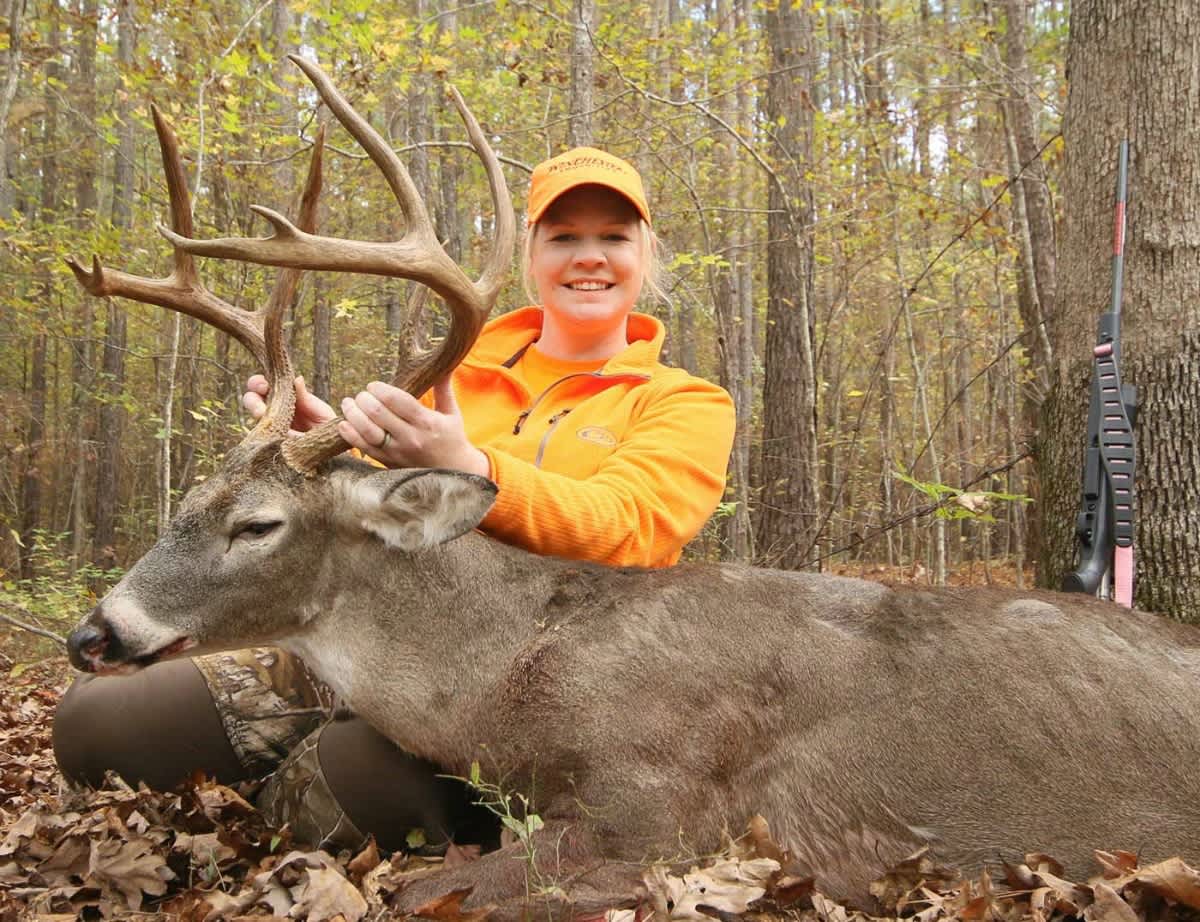Whitetail Wednesday: How to Outsmart Late-Season Bucks
Dave Maas 12.14.16

During the late season, most mature bucks throughout much of the whitetail’s range have been alerted by hunters. This conditions them to be more vigilant, and therefore tougher to hunt.
Even though they are more cautious, however, they still need to eat, find receptive does, and return to cover. By comparison, younger deer aren’t as quick to change their pattern due to increased hunting pressure. This is why there’s often still sign in open areas, as long as the local preferred food sources don’t change.
Mature deer often change their patterns to avoid areas they associate with danger. This can mean changing where and/or when they travel. In areas with heavy hunting pressure, mature deer tend to shift to moving more at night. In areas with moderate hunting pressure, mature deer tend to change the areas where they move.
Recently researchers in Pennsylvania placed GPS collars on several deer, including mature bucks. After the firearms season opened, many of the collared bucks shifted to a portion of their home range that was extremely steep and had thick cover. Not surprisingly, hunters rarely went into these areas.
Before the firearms season, deer maintained a pattern of using a larger portion of their home range. Clearly deer responded to increased hunting pressure and used an avoidance strategy.
This is great information for smart late-season hunters. We seldom can change the activity of other hunters in our area, but we can predict how mature bucks will respond to this pressure, then adjust our strategy accordingly.
We know that most mature bucks by this time of season are avoiding hunters. Therefore, we can select back door hunting locations – places where other hunters rarely go. We know deer still need sources of high-quality food, cover and water. However, mature whitetails often approach these resources via routes that keep them in cover.
That was the exact strategy Lindsey Martin used when she tagged a mature buck in the Arkansas Ouachita Mountains (photo above). She and her husband, Heath, placed a Redneck Blind downwind of a major feeding area and the cover that bordered it (see map below).

There was a narrow gap that provided a window into the thick cover, and this allowed Heath and Lindsey to approach from the downwind side of the cover and feeding area. This approach allowed them a view into the back door of the feeding and cover area. As the map shows, the buck was checking thick bedded cover for a hot doe, then eventually walked (dotted line, from left to right) to a mineral site containing Trophy Rock. Lindsey made the shot when a buck known as Pincher stopped on the mineral. You can watch Lindsey’s hunt by clicking here.
Back door approaches are a great strategy for the late season. Do you have a back door strategy for where you hunt?
Enjoy creation!
Editor’s note: Be sure to check out Dr. Grant Woods and his popular on-demand web series that shares current information about deer hunting and deer management. The free CarbonTV videos like the one below focus on what the Growing Deer team of experienced hunters and deer managers are doing in the field week to week, including action-packed hunts, proven hunting strategies, habitat management, food plots, trail camera techniques and the gear it takes to get it all done.

